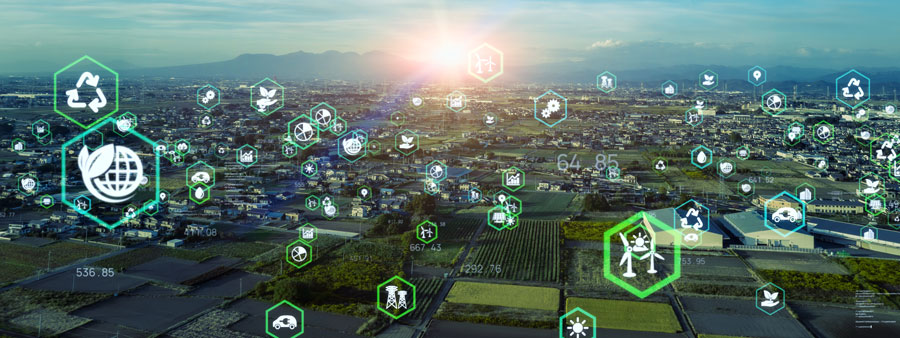The intersection of artificial intelligence (AI) and drone technology holds significant promise and raises various possibilities for the near to long-term future.
Drone Sales UK is part of a network of companies within the Vaspba Group that is focused on drone services and sales. All these potential opportunities are particularly thrilling for every division within our cluster!
 |  |  |

Here are several trends and developments that we believe may unfold:
Near-Term Future (Next Few Years):
- Enhanced Autonomy: Drones are becoming increasingly autonomous, with AI playing a crucial role in improving navigation, obstacle avoidance, and overall flight capabilities. In the near term, we can expect more advanced algorithms that enable drones to operate in complex environments.
- AI-Powered Surveillance and Security: AI algorithms can enhance the capabilities of drone surveillance, enabling features like object recognition, tracking, and anomaly detection. This is likely to be further integrated into security and surveillance applications.
- Delivery Services: Companies are actively exploring drone delivery services for various goods. AI will be essential for route optimization, real-time navigation adjustments, and coordination with other drones to ensure efficient and safe deliveries.
- Environmental Monitoring: Drones equipped with AI can be employed for environmental monitoring, including tasks like assessing deforestation, monitoring wildlife, and tracking changes in ecosystems. AI can analyze large datasets collected by drones to provide valuable insights.
- Disaster Response: Drones equipped with AI can be deployed in disaster-stricken areas for rapid assessment, search and rescue missions, and delivering essential supplies. AI helps process vast amounts of data quickly, aiding in decision-making during emergencies.

Mid-Term Future (Next Decade):
- Swarm Technology: AI algorithms will likely play a crucial role in coordinating drone swarms. Swarm technology has applications in various fields, from agriculture (precision farming) to search and rescue missions.
- Urban Air Mobility (UAM): As the concept of flying taxis and urban air mobility gains traction, AI will be essential for managing the complex traffic patterns, ensuring safety, and optimizing routes for aerial transportation.
- AI-Driven Maintenance: Drones could employ AI for predictive maintenance, analyzing data from sensors to identify potential issues before they lead to malfunctions. This can enhance the reliability and longevity of drone systems.
- Regulatory Developments: Governments and aviation authorities will likely develop and refine regulations related to AI-powered drones. Addressing safety, privacy concerns, and airspace management will be crucial in enabling the widespread adoption of drone technology.

Long-Term Future (Beyond a Decade):
- Human-Drone Integration: Long-term developments may involve more seamless integration between humans and drones. This could include brain-machine interfaces or intuitive control systems that allow users to operate drones more naturally.
- Advanced AI Capabilities: AI algorithms may continue to evolve, enabling drones to exhibit more sophisticated decision-making, adaptability to dynamic environments, and even learning from experiences.
- Space Exploration: Drones equipped with AI could play a role in space exploration, conducting autonomous missions to planets, moons, or asteroids. These drones could assist in scientific research and exploration beyond Earth.
- Ethical and Legal Considerations: As AI-powered drones become more prevalent, ethical considerations regarding privacy, security, and the potential misuse of technology will require ongoing attention. Legal frameworks will need to adapt to address these evolving challenges.
It’s important to note that the timeline for these developments may vary, and factors such as regulatory hurdles, public acceptance, and technological breakthroughs will influence the pace of progress in the AI and drone space. Continued collaboration between the technology sector, regulatory bodies, and the public will be crucial for the responsible development and deployment of AI-powered drones.



1 thought on “Anticipated Developments in the Near to Long-Term Future for AI and Drone Integration”
Comments are closed.